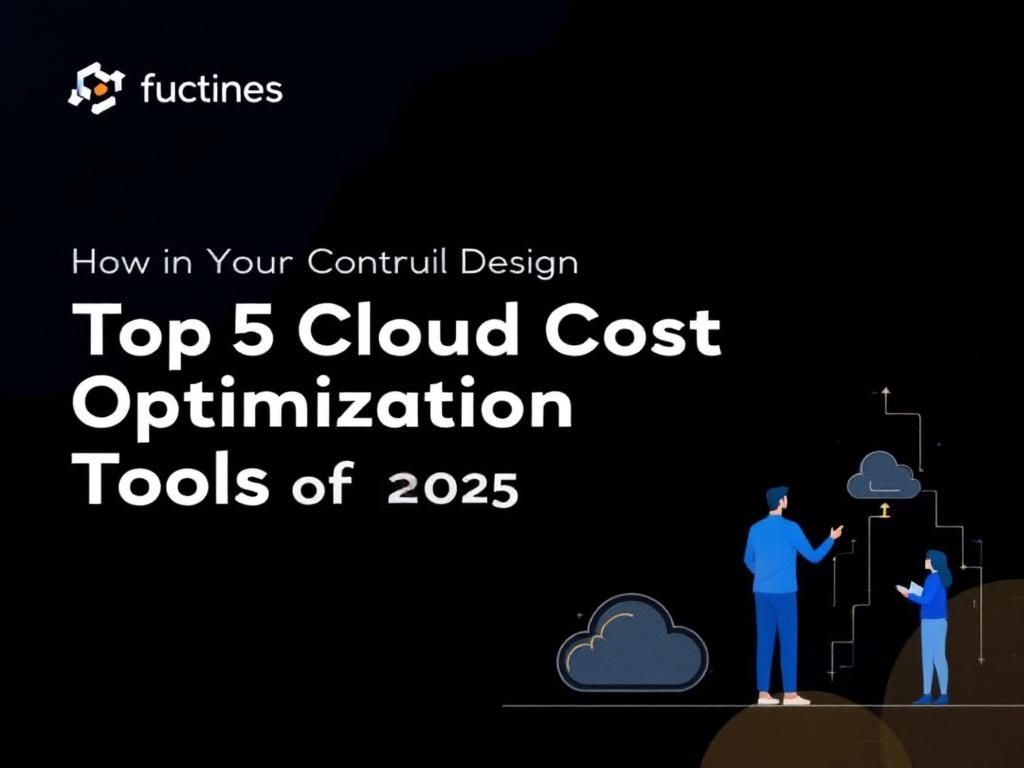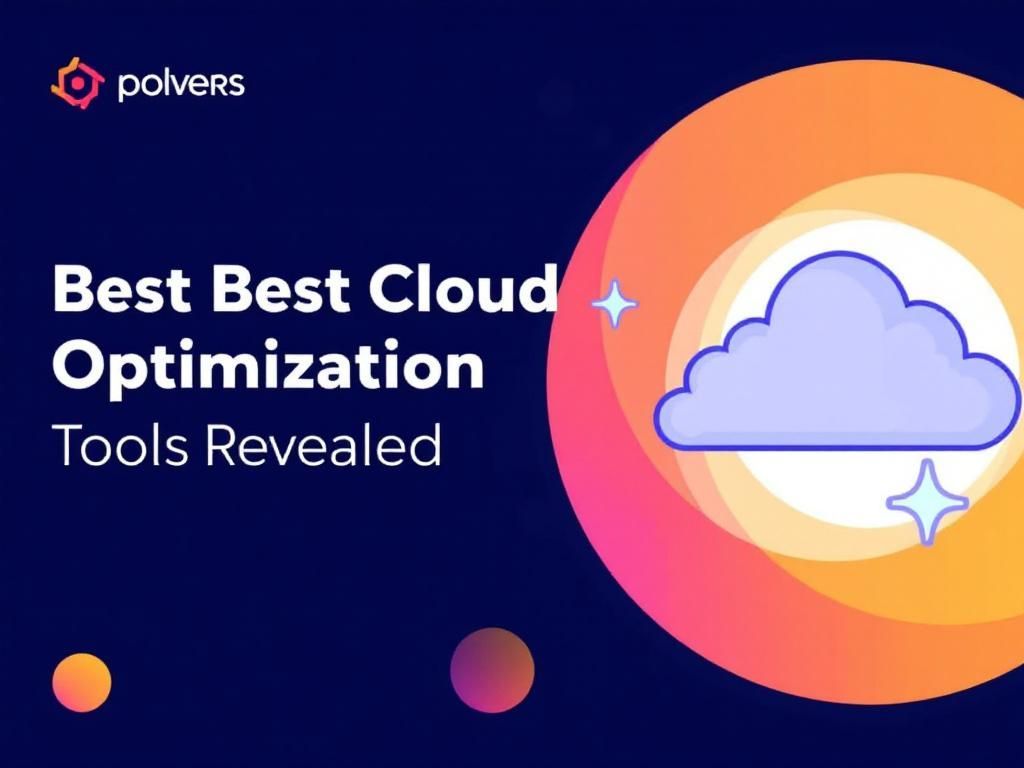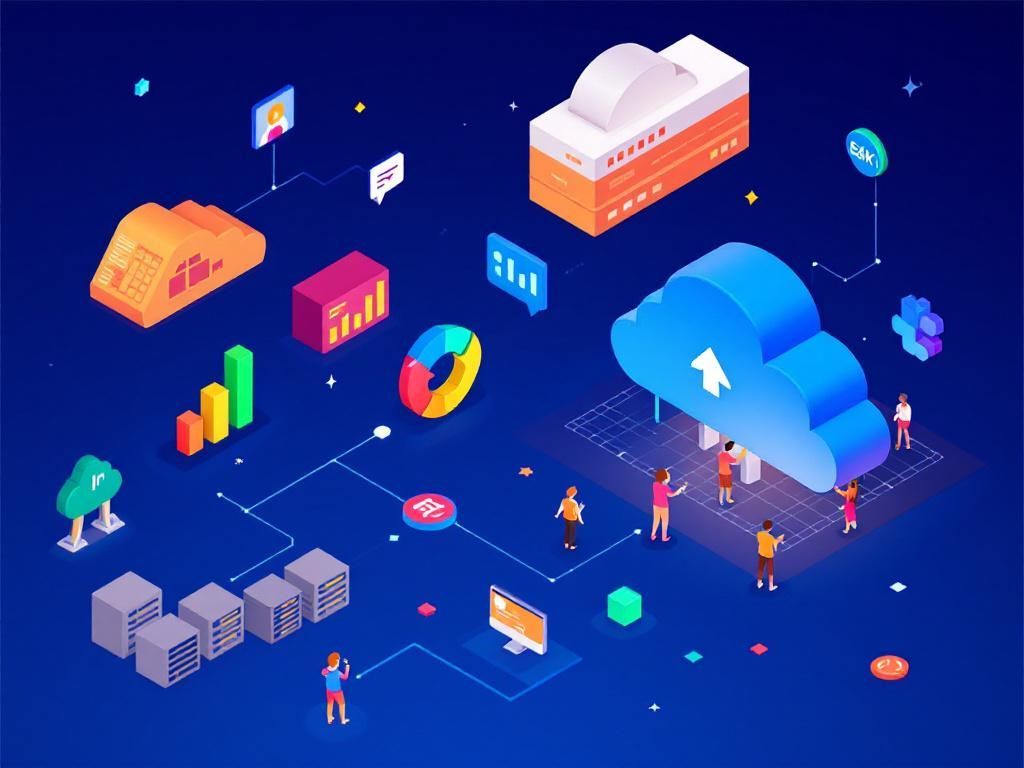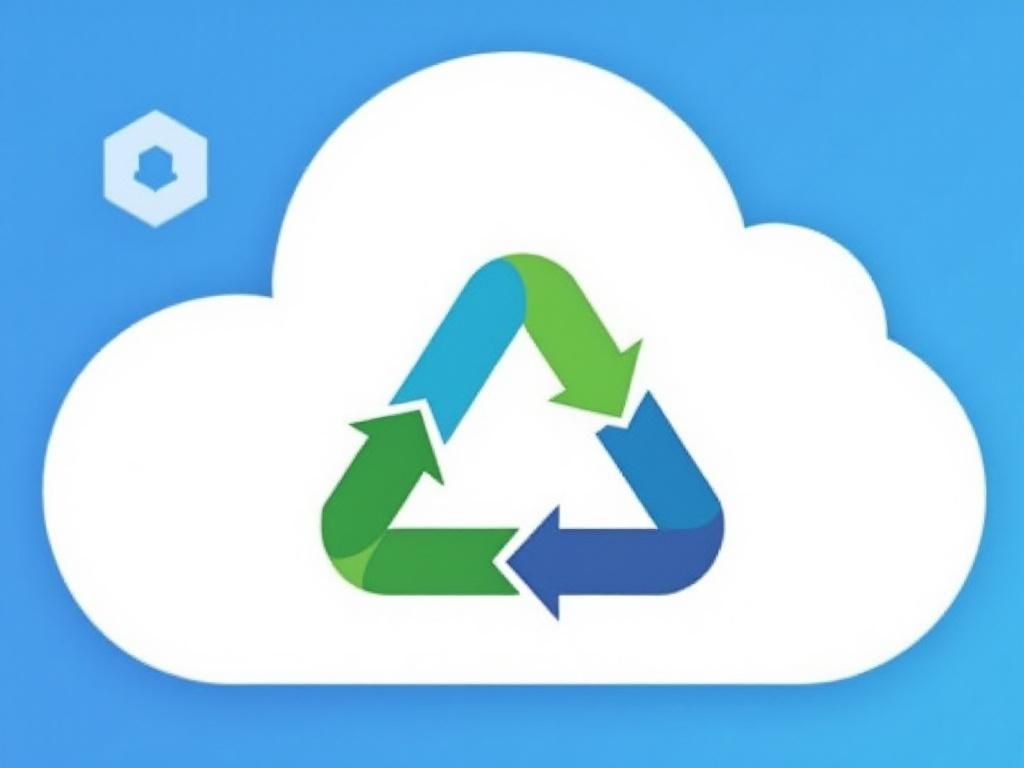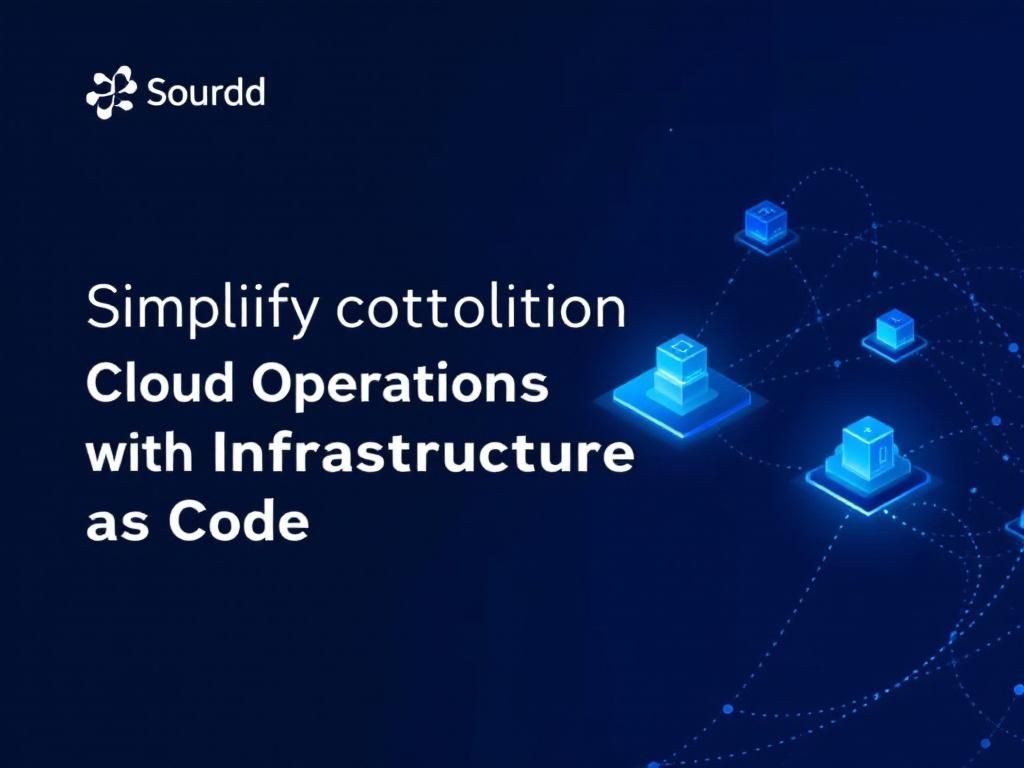Unlocking Success in Serverless Architecture: A 2025 Guide
Discover essential strategies and best practices for achieving success with serverless architecture in 2025. Transform your development process today!
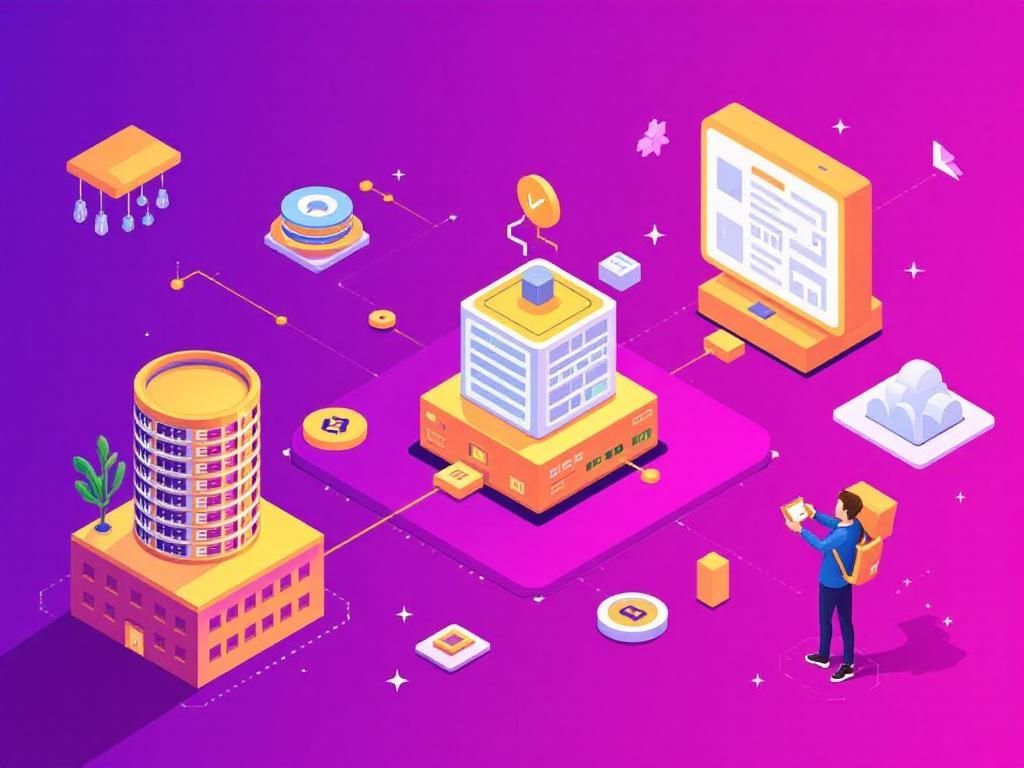
In the ever-evolving landscape of cloud computing, serverless architecture has emerged as a transformative approach for developers and organizations alike. By enabling seamless scalability and allowing teams to focus solely on code, serverless models minimize infrastructure management burdens. This guide delves into the essentials of serverless architecture, exploring its benefits, challenges, and best practices to achieve success in 2025 and beyond.
Table of Contents
Understanding Serverless Architecture
Serverless architecture refers to a cloud computing model where the cloud provider dynamically manages the allocation of machine resources. Rather than deploying applications on dedicated servers, developers write code that runs in response to events and triggers. This paradigm shift allows businesses to improve agility, reduce operational costs, and streamline workflows.
Key Components of Serverless Architecture
- Function as a Service (FaaS): This is the core of serverless computing, allowing developers to deploy functions that run in response to events.
- Back-end as a Service (BaaS): Third-party services that handle all backend operations, freeing developers to concentrate on front-end development.
- Event-driven architecture: Applications are designed to respond to specific events, enhancing responsiveness and efficiency.
Benefits of Serverless Architecture
Transitioning to a serverless model offers numerous advantages:
- Cost Efficiency: Serverless computing operates on a pay-as-you-go model, reducing costs associated with idle resources.
- Scalability: Applications can scale automatically with traffic, ensuring optimal performance.
- Faster Time to Market: Developers can deploy solutions quickly, accelerating innovation.
- Reduced Operational Overhead: Teams spend less time managing servers and more time building applications.
Challenges in Adopting Serverless Architecture
Despite its advantages, serverless architecture poses several challenges that organizations must navigate:
Common Pitfalls
- Vendor Lock-In: Relying heavily on a single provider can lead to difficulties in migration and flexibility.
- Cold Starts: Functions may experience latency during initial invocation, impacting performance.
- Monitoring and Debugging: Traditional tools may not suffice, necessitating new strategies for observability.
Best Practices for Serverless Success
To maximize the benefits of serverless architecture, organizations should consider the following best practices:
1. Design for Failure
Assume that failures will occur. Implement robust error handling and retry mechanisms to enhance reliability.
2. Optimize Function Performance
Minimize cold start latency by:
- Reducing the size of deployment packages.
- Using provisioned concurrency where applicable.
- Writing efficient code that initializes quickly.
3. Leverage Multi-Cloud Strategies
Avoid vendor lock-in by distributing workloads across multiple cloud providers. This strategy increases resilience and flexibility:
| Provider | Service | Pros | Cons |
|---|---|---|---|
| AWS | AWS Lambda | Extensive ecosystem | Potential for vendor lock-in |
| Google Cloud | Cloud Functions | Strong integration with Google services | Less mature ecosystem |
| Azure | Azure Functions | Excellent compatibility with Microsoft tools | Complex pricing structure |
4. Implement Proper Security Measures
Security should be a top priority. Use the following methods to protect your serverless applications:
- Apply the principle of least privilege to IAM roles.
- Utilize API gateways to manage traffic and enforce security policies.
- Regularly audit and monitor logs for suspicious activity.
Real-World Applications of Serverless Architecture
Various industries are leveraging the power of serverless architecture to innovate and enhance their offerings:
1. E-commerce
E-commerce platforms utilize serverless functions for processing payments, managing user authentication, and handling order fulfillment dynamically. This approach ensures that they can scale effortlessly during peak shopping seasons.
2. Media and Entertainment
Streaming services benefit from serverless architecture by efficiently managing user requests and scaling content delivery. Serverless functions can encode, transcode, and deliver multimedia content seamlessly.
3. IoT Applications
IoT solutions often require rapid data processing and real-time decision-making. Serverless architecture allows for scalable processing of data generated by IoT devices, delivering insights and alerts dynamically.
Conclusion
In conclusion, serverless architecture represents a paradigm shift in how applications are built and deployed. While challenges exist, the benefits of cost efficiency, scalability, and reduced operational overhead make it a compelling choice for modern businesses. By adhering to best practices and staying informed about advancements in the field, organizations can harness the full potential of serverless computing in 2025 and beyond.
FAQ
What is serverless architecture?
Serverless architecture is a cloud computing model that allows developers to build and run applications without managing servers, enabling automatic scaling and reduced operational costs.
What are the benefits of using serverless architecture?
The benefits of serverless architecture include reduced infrastructure management, automatic scaling, cost efficiency, and faster time to market for applications.
How does serverless architecture handle scaling?
Serverless architecture automatically scales applications based on demand, ensuring resources are allocated as needed without manual intervention.
What are common use cases for serverless architecture?
Common use cases include web applications, real-time data processing, IoT backends, and APIs, where scalability and flexibility are crucial.
What are some popular serverless platforms?
Popular serverless platforms include AWS Lambda, Azure Functions, Google Cloud Functions, and IBM Cloud Functions, each offering unique features and integrations.
How do I get started with serverless architecture?
To get started with serverless architecture, choose a cloud provider, learn about its serverless offerings, and begin by creating a simple function or API to understand the workflow.



